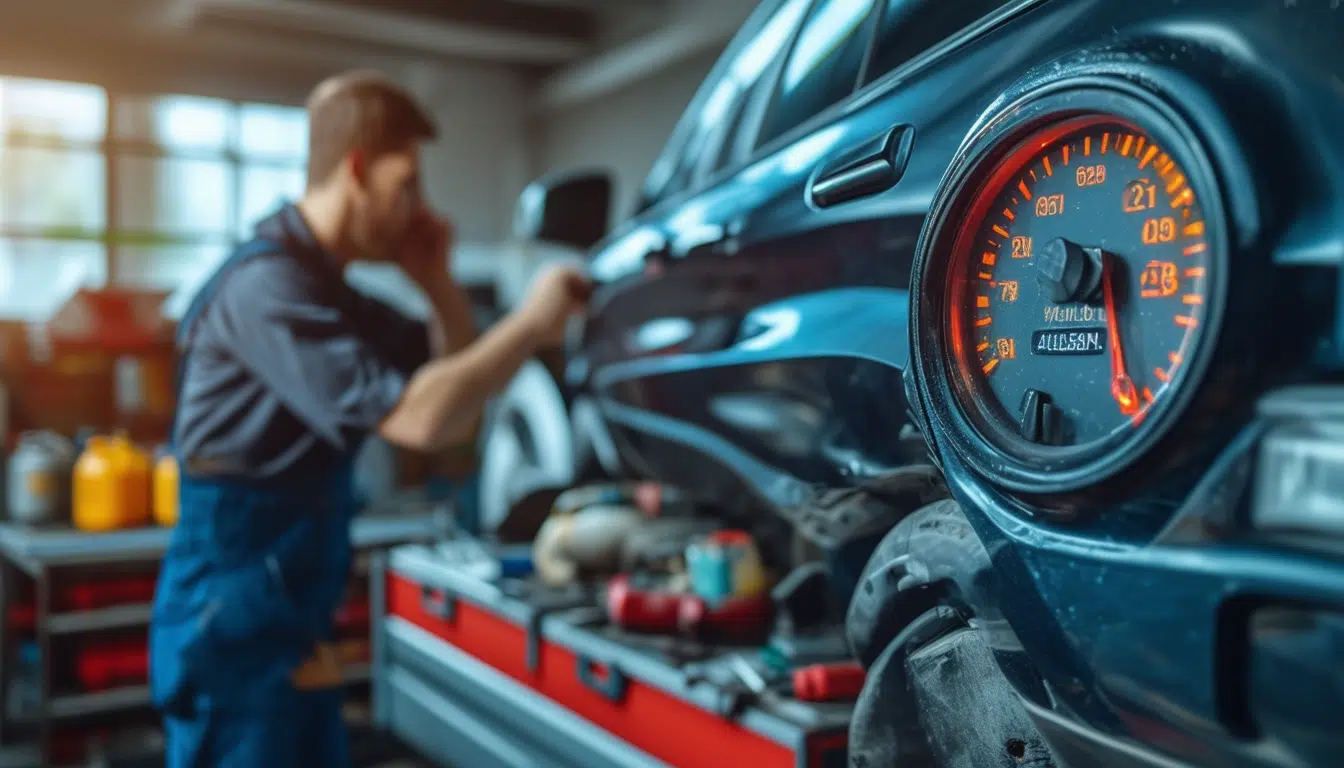Lifetime of the refrigerant: when is the right time to replace it?

The coolant is an essential component in the operation of any vehicle, ensuring that the engine operates at the appropriate temperature and preventing overheating that can cause severe damage. However, this fluid is not everlasting and its lifespan is limited. Over time, the properties of the coolant degrade, which puts the health of the engine at risk. Therefore, it is crucial to know when the right time is to replace it, thus ensuring optimal performance and greater longevity of the vehicle. Throughout this article, the factors indicating the need for a coolant change and recommendations for its proper maintenance will be explored.
The coolant, also known as antifreeze, is an essential component for the optimal performance of any vehicle’s engine. This fluid, which circulates through the engine and the cooling system, helps to regulate temperature and prevent overheating. However, coolant has a limited lifespan and it is crucial to know when the right time is to replace it. This article will analyze the importance of coolant, the signs indicating the need for a change, and recommendations for its replacement.
The importance of coolant in the engine
Main function: temperature regulation
The coolant has the key mission of maintaining the engine at an appropriate temperature. If the engine temperature rises too much, it can cause severe damage to internal parts. The coolant absorbs heat from the engine and dissipates it through the radiator, ensuring that the vehicle’s components operate efficiently.
Protection against corrosion and deposits
In addition to regulating temperature, the coolant also acts as a protective agent. It contains additives that prevent corrosion and the buildup of deposits in the engine and cooling system. Over time, the coolant can degrade and lose these properties, which can result in engine damage if not replaced in time.
When should you change the coolant?
Visual indicators and color changes
One of the first signs that the coolant needs to be changed is a color change. Good-condition coolant is usually bright and clear in color, while fluid that has lost its effectiveness may turn brown or show floating particles. If you notice any change in its appearance, it is advisable to perform an immediate inspection.
Symptoms of overheating
Another important indicator to consider is the symptoms of overheating. If the engine temperature gauge indicates an unusual increase in heat, this may be a warning that the coolant is not circulating properly through the system. In this case, it’s better to act quickly to avoid greater damage to the engine.
Factors affecting the lifespan of coolant
Manufacturer recommendations
The durability of coolant varies according to the recommendations of the vehicle manufacturer. Generally, it is suggested to change it every 40,000 to 60,000 kilometers or every two to five years, depending on the type of coolant used (organic or inorganic). It is important to consult the owner’s manual to know the exact specifications for each model.
Vehicle usage conditions
The conditions under which the vehicle is used also play a fundamental role in the lifespan of the coolant. For example, in cases of frequent driving in extreme climates or on poorly maintained roads, the need to change the coolant may arise much more frequently. It is advisable to evaluate the vehicle’s usage and adjust the change interval accordingly.
How to check the condition and level of coolant
Visual inspection of the fluid
To ensure that the coolant is in suitable condition, a visual inspection should be performed. This includes observing the color and clarity of the fluid through the reservoir. Clean coolant should be translucent and of uniform color. If you notice impurities, it’s time to consider changing it.
Checking the coolant level
It is essential to monitor the coolant level and ensure that it is within the “minimum” and “maximum” parameters in the reservoir. A low level may indicate leaks in the system, which should be addressed urgently.
Procedure for changing the coolant
Necessary tools
Before proceeding to change the coolant, make sure you have all the necessary tools on hand. This includes a set of wrenches, a screwdriver, a container to collect the used fluid, and of course, the new coolant suitable for your vehicle.
Steps for replacement
To change the coolant, you first need to drain the old one. Locate the drainage valve at the bottom of the radiator and open it to let the fluid drain into the container. Then, clean the system with a specialized product and repeat the operation to ensure no residues remain. Finally, fill the system with the new coolant, making sure to follow the manufacturer’s recommendations regarding the amount.
The lifespan of coolant is a crucial aspect that every driver should consider to maintain the proper functioning of the vehicle. As the coolant performs its function of regulating the engine temperature, its effectiveness tends to decrease. Therefore, it is fundamental to know when the right time is to perform its replacement.
In general, it is recommended to change the coolant every two years or every 40,000 kilometers, whichever comes first. However, this interval may vary depending on factors such as the type of coolant used and the vehicle’s driving conditions. For example, in environments where temperatures are extreme or frequent driving occurs on difficult terrain, it may be necessary to replace the coolant more often.
Monitoring the condition of the coolant also plays a fundamental role. If the fluid shows a color change or there are particles present, it is a clear sign that it has lost its protective properties. Similarly, if signs of overheating in the engine are observed, it is crucial to act immediately, as this can lead to serious damage to the engine’s internal components.
Additionally, following the recommendations of the vehicle manufacturer is essential for maintaining warranty and ensuring optimal performance. This includes consulting the owner’s manual, which specifies the suggested change intervals according to the type of coolant fluid.
Finally, consistently monitoring the condition of the coolant and not waiting for a problem to occur is key to ensuring the longevity and efficiency of the engine. Changing the coolant at the right time not only helps prevent costly issues but also ensures that the vehicle operates efficiently and safely at all times.





